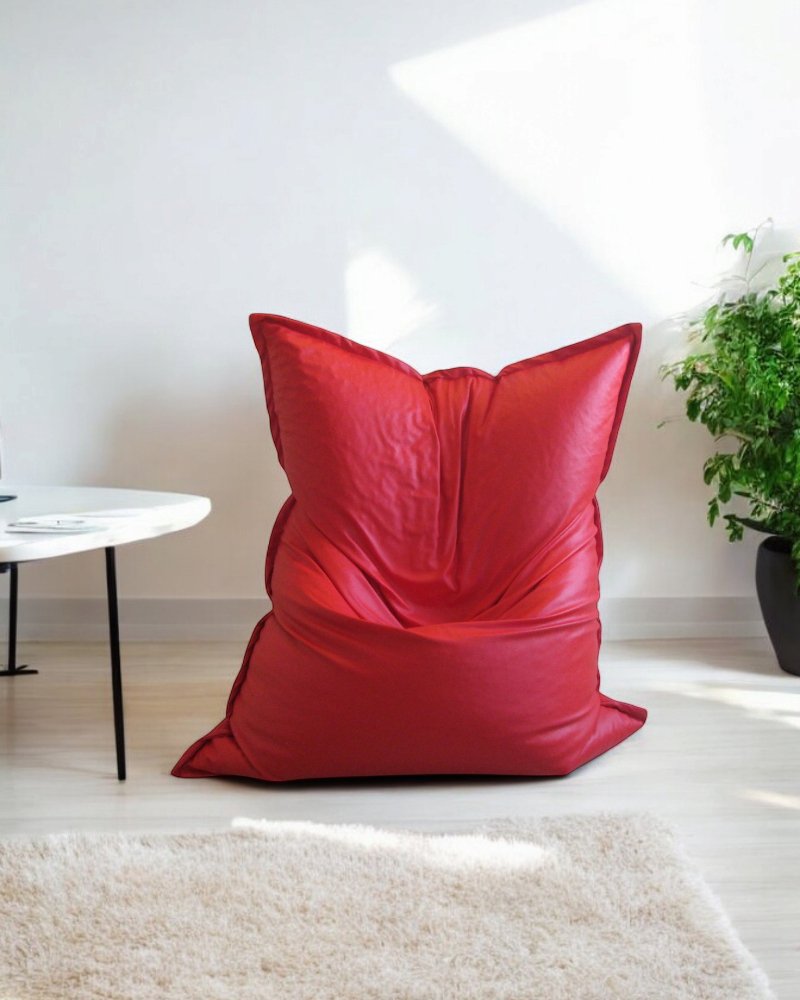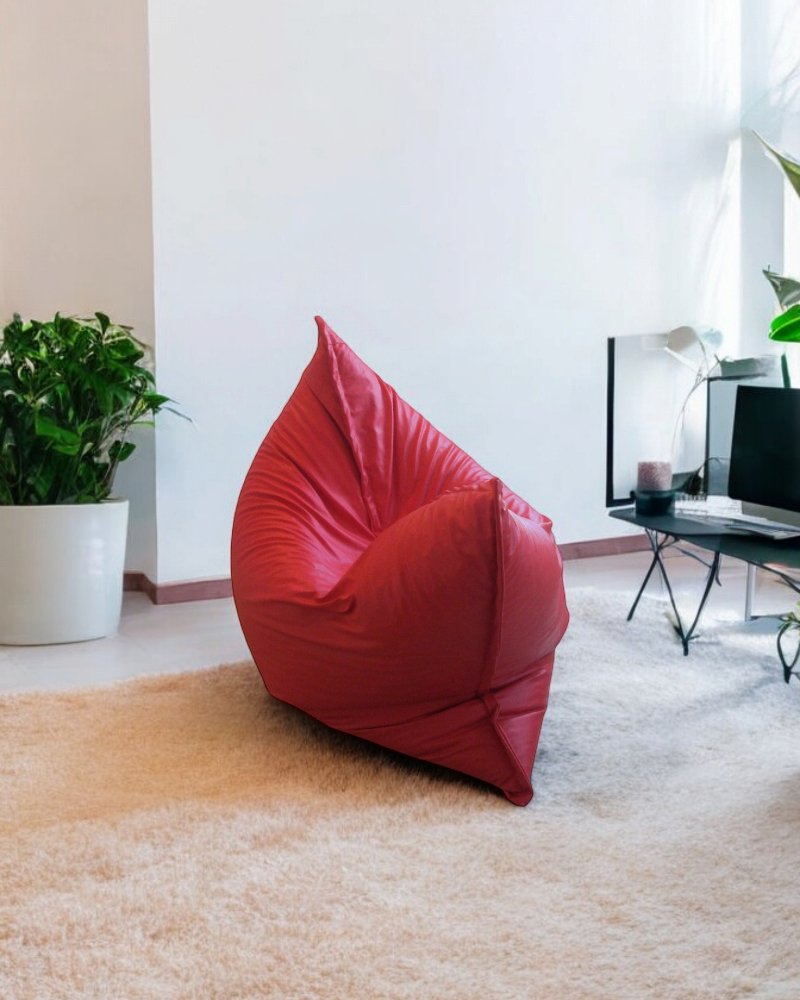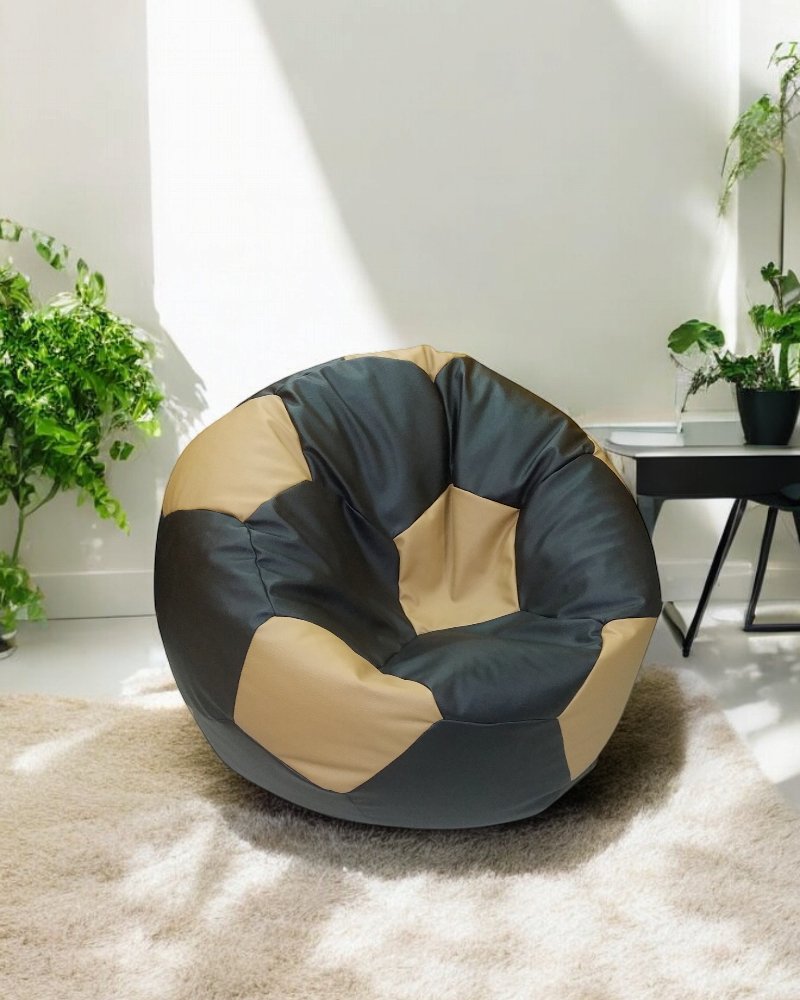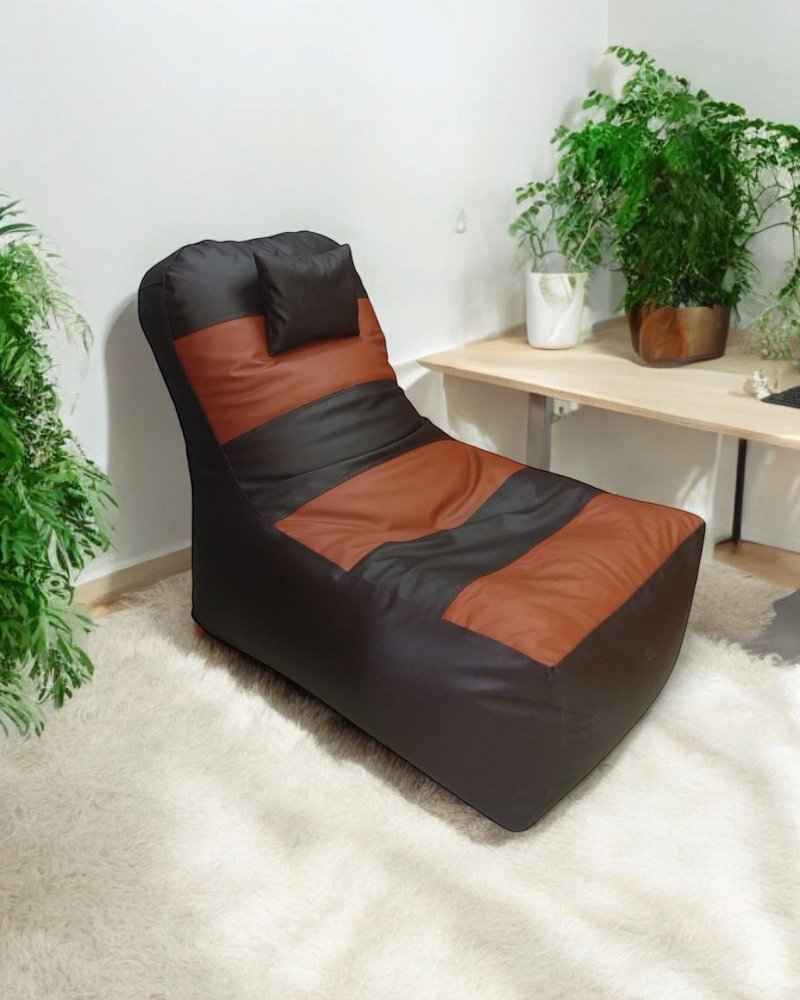
How Bean Bags Are Revolutionizing Modern Office Spaces
The Evolution of Office Design
Office design in India has evolved significantly over the years, influenced by changes in work culture, technological advancements, and employee needs. Traditional office spaces in cities like Mumbai, Pune, Chennai, Hyderabad, Bengaluru, and Delhi were once characterized by rigid layouts and formal furniture, reinforcing hierarchical work structures. Heavy wooden desks, stiff chairs, and rows of filing cabinets dominated the landscape, often limiting creativity and collaboration.
However, as corporate culture evolved, businesses recognized the importance of employee comfort and flexibility. The emergence of open office layouts and multifunctional furniture paved the way for modern workspaces that prioritize productivity and well-being. Among the many innovations, bean bags have gained popularity as an unconventional yet highly functional seating option, offering a perfect blend of relaxation and efficiency.
For businesses looking to modernize their office interiors, Cool Bean Bags provides a variety of high-quality and ergonomic bean bags that fit contemporary work environments.
Bean Bags in Indian Workspaces: Comfort Meets Functionality
Bean bags have become a preferred seating choice in modern Indian offices due to their unique ergonomic benefits. Unlike traditional chairs, bean bags conform to the body’s shape, offering superior lumbar support and reducing strain during long working hours. The filling materials, such as high-density polystyrene beads or shredded memory foam, allow for greater flexibility and adaptability.
In bustling cities like Mumbai and Bengaluru, where startup culture thrives, dynamic workspaces are replacing conventional setups. Companies are incorporating bean bags into their lounges, brainstorming zones, and collaborative areas to encourage creativity and open communication. The relaxed seating experience fosters a stress-free environment, which ultimately enhances productivity.
For an in-depth guide on selecting the best bean bags for office spaces, visit the Cool Bean Bags Blog.
Why Indian Offices Are Choosing Bean Bags Over Traditional Furniture
1. Enhanced Comfort & Productivity
Rigid office chairs can cause discomfort over time, leading to lower efficiency and fatigue. Bean bags offer flexible support, allowing employees to find a position that suits their comfort level. Studies suggest that a relaxed posture can improve focus, leading to increased workplace efficiency.
2. Encouraging Collaboration
Many IT hubs like Hyderabad and Pune are home to innovative startups and multinational companies. Bean bags in collaborative spaces facilitate open discussions, making them ideal for brainstorming sessions and team meetings.
3. Affordable & Space-Saving
Unlike bulky office furniture, bean bags are cost-effective and can be easily rearranged. A startup in Chennai replaced 50% of its traditional chairs with bean bags, significantly reducing furnishing costs and enhancing workspace flexibility.
4. Reducing Workplace Stress
In high-pressure environments like Delhi’s corporate sector, stress management is crucial. Creating casual seating areas with bean bags provides employees with a space to unwind, improving overall morale.
To explore a variety of ergonomic and stylish bean bags, check out our latest collection at the Cool Bean Bags Shop.
How to Choose the Right Bean Bag for Your Office?
When selecting bean bags for a workspace, consider the following:
- Material & Durability – Opt for leatherette or premium fabric that’s easy to maintain.
- Size & Shape – Round, chair-style, or lounge bean bags cater to different workspace requirements.
- Color & Aesthetic – Choose colors that align with your office branding.
- Ergonomic Support – Ensure that the bean bags offer proper back and neck support.
For more FAQs on maintaining and choosing the right bean bags, visit Cool Bean Bags FAQ.
The Future of Office Design in India
As companies across India continue to innovate their workspace designs, flexible seating solutions like bean bags are set to become an integral part of modern offices. Organizations in Mumbai, Pune, Hyderabad, Bengaluru, Chennai, and Delhi are increasingly prioritizing employee well-being, fostering creative environments, and embracing ergonomic furniture.
Investing in high-quality bean bags is a step towards creating a workspace that is both stylish and functional. Whether it’s a corporate office, a co-working space, or a home office, bean bags offer the perfect combination of comfort and flexibility.
Upgrade your workspace today with premium bean bags from Cool Bean Bags and transform your office into a more engaging and productive environment.
